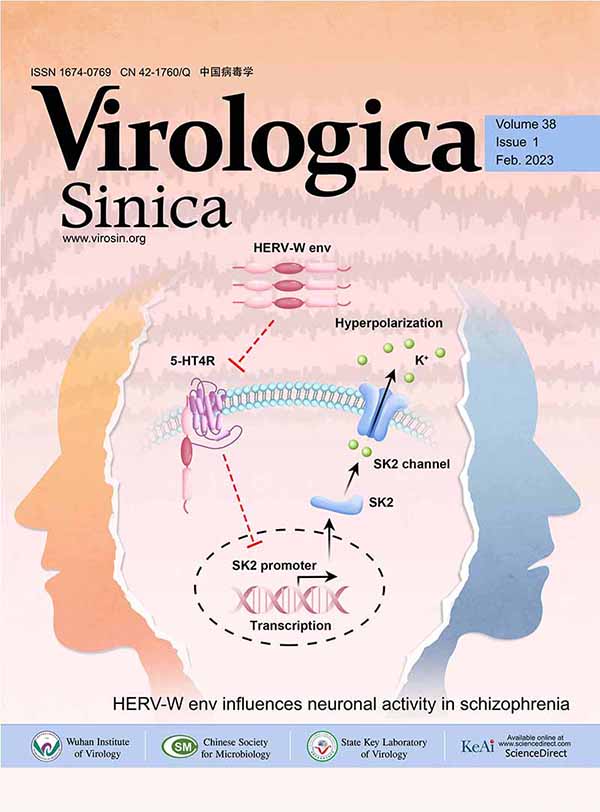Genetic Variation of Nucleocapsid Genes of Infectious Bronchitis Viruses Isolated in China from 2000 to 2004
Abstract: Nucleocapsid (N) protein genes of 13 Infectious bronchitis virus (IBV) strains isolated from 9 provinces in China between 2000 and 2004 were sequenced and compared to 42 IBV reference strains. The results showed that all of the N genes of the 13 isolates were composed of 1230 nucleotides, but point mutations were common. A phylogenetic tree based on amino acid sequences of N genes from the 55 IBV strains showed that these strains were classified into nine distinct clusters. 17 IBV isolates and 5 vaccines of America, Japan, Holland and China formed clusterⅠto cluster Ⅲ. CK/CH/LHN/00I might be a re-isolation of vaccine strains. Recombinations were observed in the isolates of CK/CH/LSD/03I and CK/CH/LDL/01I. However, IBVs isolated mainly in China between 1995 and 2004 were grouped into cluster Ⅵ to cluster Ⅷ.The deduced amino acid sequences identities of N genes among IBVs of the three clusters ranged from 88.3% to 100%, and 62.3% to 95.1% between these IBVs and those of other clusters. Hence, it was suggested that this genotype may have existed for a long time in China and have occurred with higher number of mutations. Two Korean isolates shared higher identity with Chinese IBV isolates of cluster Ⅵ. Taken together, these results showed that most of IBVs isolated in China formed distinct phylogenetic groups and had a close relationship with Korean isolates compared the foreign strains. On the other hand, recombination of IBV may have occurred at a rather high frequency in recent years in China especially between vaccine strains and field strains in the natural condition.













 DownLoad:
DownLoad: